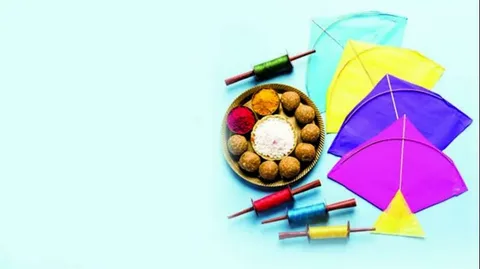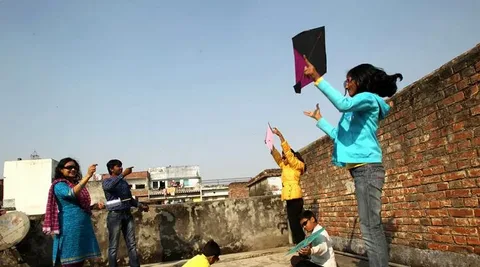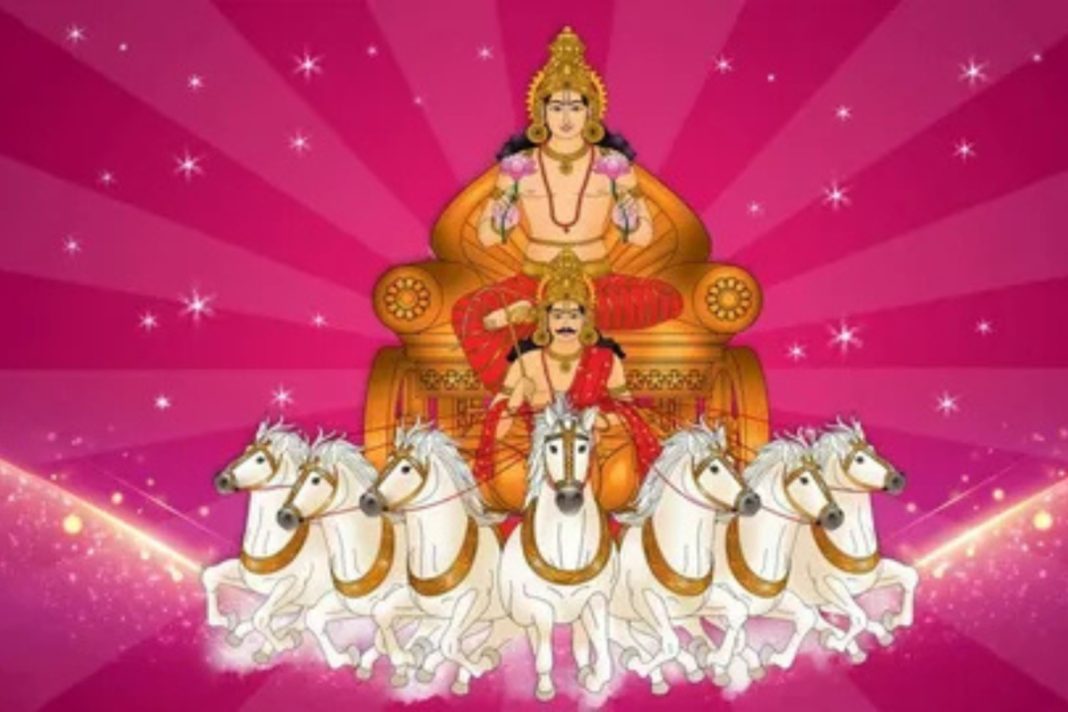What is Karka Sankranti?
Karka Sankranti festival is an important Hindu solar festival that marks the sun’s transition into the Cancer zodiac sign (Karka Rashi). The word Sankranti means “movement” or “transition,” and Karka refers to the Cancer sign. This celestial event generally falls on July 16 every year, although the exact date may vary slightly due to the solar calendar.
It signifies the end of the Uttarayana (sun’s northward journey) and the beginning of Dakshinayana (sun’s southward journey). This change in direction is considered highly significant both spiritually and seasonally.The Spiritual Significance of Karka Sankranti Festival
Karka Sankranti Festival and the Beginning of Dakshinayana
- In Hindu belief, the year is divided into two equal halves:
- Uttarayana: from Makar Sankranti to Karka Sankranti (January to July).
- Dakshinayana: from Karka Sankranti to Makar Sankranti (July to January).
- Karka Sankranti marks the onset of Dakshinayana, a time considered ideal for spiritual sadhana, introspection, and penance.
- It is believed that deities go into a state of rest during Dakshinayana. Hence, Karka Sankranti is also considered the entry point into a spiritually inward phase of the year.
Karka Sankranti and Chaturmas
- Chaturmas, which means “four holy months,” begins from Karka Sankranti and ends on Prabodhini Ekadashi in Kartik month.
- This period is sacred for:
- Fasting (vrat)
- Devotional chanting
- Abstinence from luxuries
- Pilgrimage and spiritual learning
- Many ascetics and saints halt their travels during this time to stay in one place and guide followers in spiritual practices.
Rituals and Customs Observed on Karka Sankranti Festival
Ritual Bathing on Karka Sankranti Festival
On the day of Karka Sankranti, it is customary to take a holy bath in sacred rivers like:
- Ganga
- Godavari
- Yamuna
- Saraswati
Bathing during sunrise is considered especially powerful and is believed to purify sins and grant mental clarity.
Charity and Good Deeds During Karka Sankranti
- Charity or daan is a core activity on this day.
- People offer food, water, clothes, money, and other essentials to:
- Brahmins
- Monks
- Cowsheds (Goshala)
- Needy and poor people
Giving cooling items like water pitchers, fans, and umbrellas is also common.
Worship and Pujas on Karka Sankranti
- Special pujas are offered to Lord Surya (Sun God).
- Many devotees also pray to:
- Lord Vishnu
- Lord Shiva
- Goddess Lakshmi
Offerings include:
- Til (sesame)
- Rice
- Fruits
- Jaggery (gur)
- Coconut

The pujas are followed by sankalp (resolution) for spiritual growth during the upcoming four months.
Astronomical and Seasonal Meaning of Karka Sankranti
Karka Sankranti and the Solar Movement
- On Karka Sankranti, the sun enters the Cancer constellation from Gemini.
- This is called the summer solstice transition in astronomical terms.
- The sun starts moving southward on the celestial sphere as viewed from Earth, beginning the Dakshinayana period.
Karka Sankranti Festival and the Arrival of Monsoon
- This transition aligns with the monsoon season in India.
- Karka Sankranti is seen as the official welcoming of monsoon rains.
- Farmers consider it a critical time to prepare for the next cycle of agricultural planting.

How Different Regions Celebrate Karka Sankranti Festival
Northern India
- People bathe in rivers and offer donations.
- Many observe fasts and perform simple rituals at home.
Southern India
- In Tamil Nadu, this marks the beginning of Dakshinayana Punyakalam.
- It is considered inauspicious to conduct major family functions after this day until Margazhi month.
Western India
- In Maharashtra and Gujarat, the day is marked by visits to temples, charity, and offerings to saints.
Eastern India
- In Odisha and Bihar, ritual bathing, puja, and distribution of food to Brahmins are the main activities.
Comparing Karka Sankranti and Makar Sankranti Festival
| Aspect | Karka Sankranti | Makar Sankranti |
|---|---|---|
| Zodiac Entry | Sun enters Cancer | Sun enters Capricorn |
| Date | Around July 16 | Around January 14 |
| Start of | Dakshinayana | Uttarayana |
| Season | Beginning of Monsoon | Beginning of Harvest/Winter |
| Celebration Style | Spiritual and inward | Festive and outward |
| Popularity | Less widely celebrated | One of India’s biggest festivals |
Modern Relevance of Karka Sankranti Festival
Karka Sankranti and Eco-Awareness
- As Karka Sankranti falls during the monsoon, it is a reminder to respect water resources.
- The holy bath can be symbolic of cleaning not just the body, but also our environmental habits.
Karka Sankranti and Mental Wellness
- This period encourages rest, calmness, and spiritual practices.
- Ideal for practicing yoga, meditation, journaling, and mindful living.
A Time to Reset Your Life
- People are encouraged to:
- Let go of bad habits
- Adopt ethical and positive actions
- Spend time in learning and self-growth
Easy Explanation of Karka Sankranti Festival for Children
Imagine the Sun walking on a path in the sky. For six months, it walks in one direction (north – Uttarayana), and then it decides to turn back and walk the other way (south – Dakshinayana).
Karka Sankranti is like the day when the Sun changes direction. On this day:
- People take baths, pray, and give to the poor.
- It is a peaceful time, not a party.
- It’s like pressing the pause button in life to think and do good things.
Conclusion: Why Karka Sankranti Festival Matters Today
Karka Sankranti may not be as widely celebrated as other Hindu festivals, but its spiritual depth, astronomical meaning, and seasonal impact make it extremely important. In today’s world of speed and chaos, this day reminds us to pause, reflect, and realign ourselves with nature and our inner self. It encourages a lifestyle of charity, devotion, and mindfulness—values that are timeless and essential.
FAQs About Karka Sankranti Festival
Q1. What is the date of Karka Sankranti Festival in 2025?
Karka Sankranti 2025 will be observed on July 16.
Q2. Why is Karka Sankranti Festival important?
It marks the sun’s journey into the southern hemisphere and the beginning of Dakshinayana, which is a spiritually significant time in Hinduism.
Q3. What should we do on Karka Sankranti Festival?
Take a bath, pray to the sun, do charity, and start spiritual practices like meditation or fasting.
Q4. What is Chaturmas, and how is it related to Karka Sankranti?
Chaturmas is a four-month period of religious observance that begins on Karka Sankranti and ends on Dev Uthani Ekadashi in the Kartik month.
Q5. Is Karka Sankranti a public holiday?
It is not a nationwide public holiday, but it is observed religiously in many parts of India.




